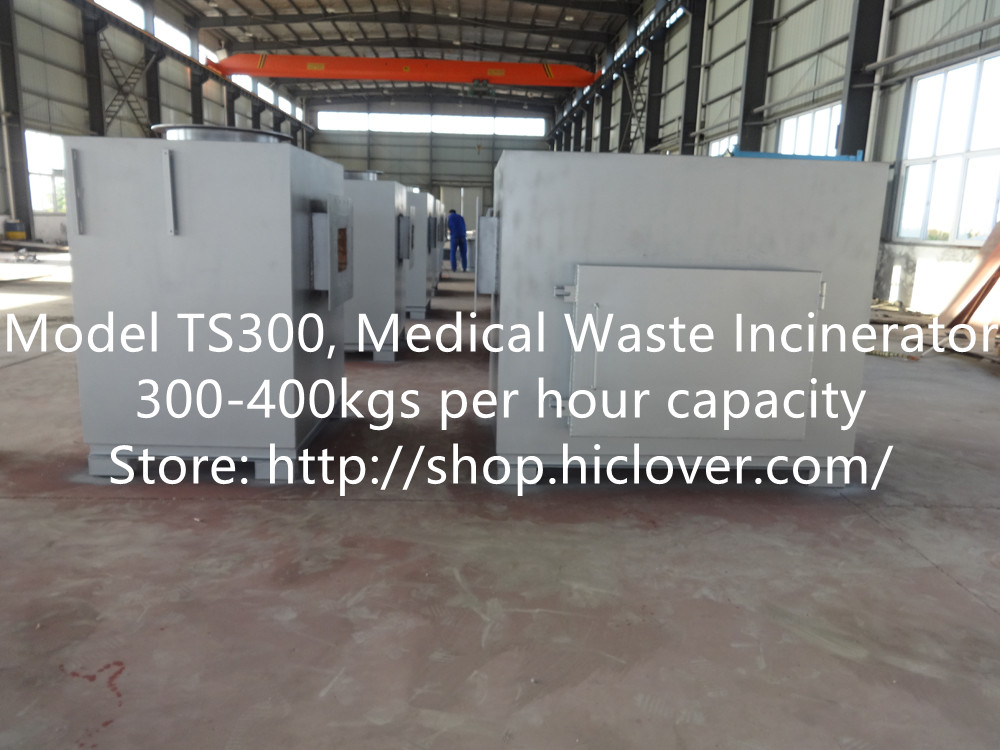Chemical hazardous waste disposal is a complex and highly regulated process that requires careful planning and strict adherence to environmental laws and regulations. Chemical hazardous waste refers to any waste that poses a potential threat to human health or the environment due to its chemical properties. This can include substances such as solvents, pesticides, heavy metals, and other toxic materials.
The disposal of chemical hazardous waste is a critical aspect of environmental protection and public safety. Improper disposal can lead to contamination of soil, groundwater, and surface water, as well as pose a risk to human health through exposure to harmful substances. Therefore, it is important to ensure that chemical hazardous waste is managed and disposed of properly.
The process of chemical hazardous waste disposal typically involves several key steps. The first step is the identification and classification of the waste to determine its properties and potential hazards. This is essential for determining the appropriate disposal methods and ensuring compliance with relevant regulations.
Once the waste has been identified and classified, it must be properly packaged and labeled to meet regulatory requirements. This may include using specific containers, labeling requirements, and precautions for transporting the waste to a designated disposal facility.
The next step in the disposal process is to select an appropriate disposal method. This may include treatment processes such as incineration, chemical stabilization, or neutralization, as well as secure landfill disposal or recycling. The choice of disposal method will depend on the specific characteristics of the waste and the regulatory requirements governing its disposal.
The final step in the disposal process is the actual transportation and disposal of the waste at a designated facility. This may involve working with licensed hazardous waste disposal companies or facilities that are approved to handle and process chemical hazardous waste.
Throughout the entire disposal process, it is essential to consider the potential environmental impacts and public health risks associated with the waste. This requires careful attention to detail and strict adherence to regulatory requirements to ensure that the waste is managed and disposed of in a safe and environmentally responsible manner.
In addition to following regulatory requirements, companies and organizations that generate chemical hazardous waste should also consider ways to minimize their waste generation through waste reduction and recycling initiatives. This can help to alleviate the burden of disposal and reduce the potential environmental and human health risks associated with chemical hazardous waste.
Overall, the process of chemical hazardous waste disposal is complex and requires careful planning, attention to detail, and strict adherence to environmental regulations. By following proper disposal procedures and implementing waste reduction initiatives, we can help to protect the environment and public health from the potential dangers of chemical hazardous waste.



